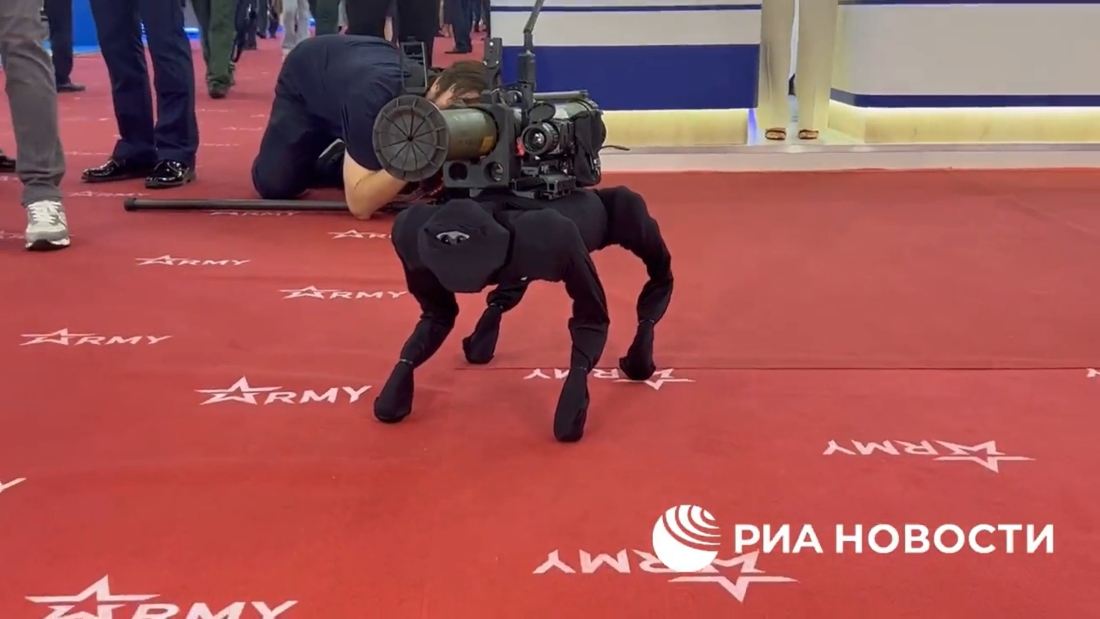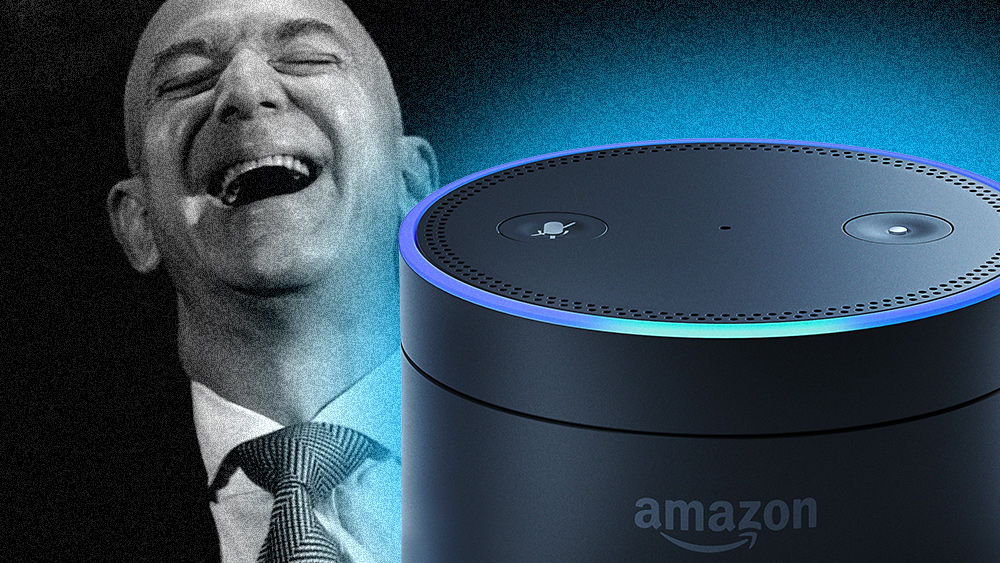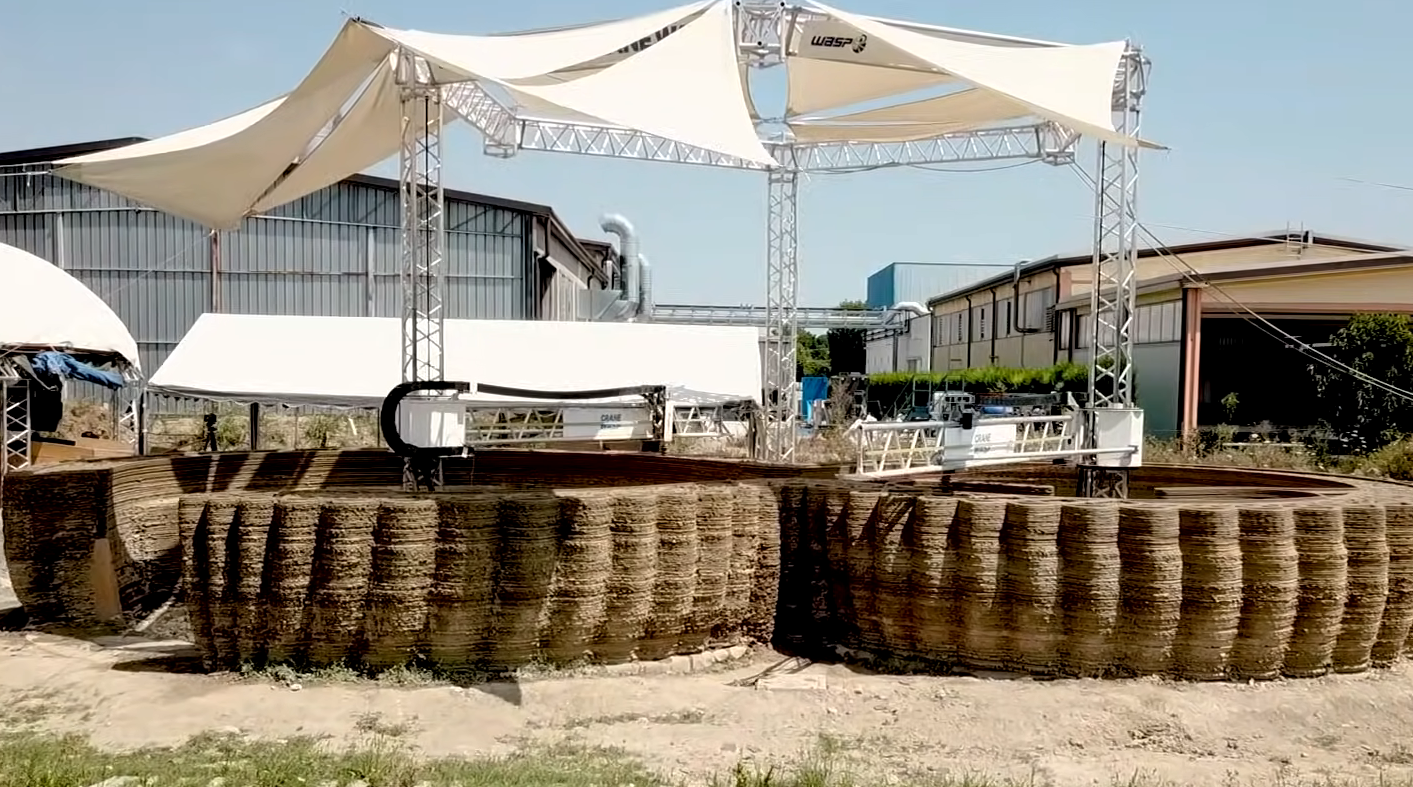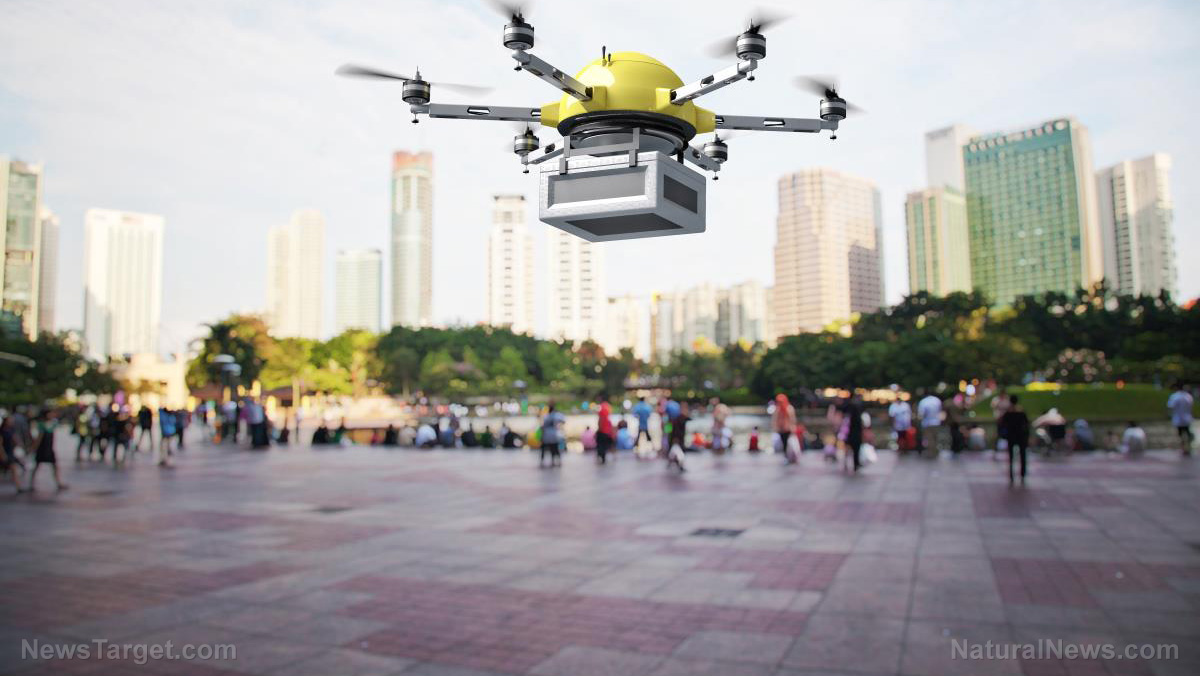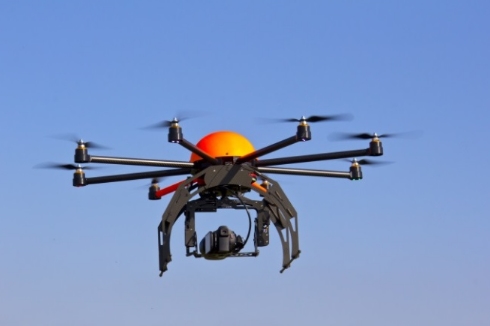Future cars will do your thinking for you: AI tech designed by scientists will determine when to correct you
12/09/2020 / By Cassie B.

Although self-driving cars are being used in some places, there are still some technical challenges that need to be overcome before they are adopted on a wider scale. In the meantime, however, similar technology is making its way into the cars people drive every day in hopes of making the experience safer for everyone on the road.
Current in-vehicle conversation services are still fairly rudimentary. Although we’ve moved past the stage where drivers have to phrase their questions precisely according to a script or risk being misunderstood entirely, there is still a lot of work to be done. Many people can command their cars to make phone calls, read their text messages aloud, or play certain songs without having to take their eyes off the road to sort through menus on their phone screen, but what happens when your car needs to talk to you?
Researchers from the Korea Advanced Institute of Science and Technology, or KAIST, has been developing in-vehicle conversation service technology that can judge when it should intervene and contact you to ensure your safety.
KAIST Department of Industrial and Systems Engineering Professor Ulchin Lee and his team are working on AI technology that is capable of automatically detecting safe moments to initiative conversation services with drivers to ensure they are helpful rather than distracting.
When is the right time to talk to a driver?
It goes without saying that if an AI agent within a car tries to talk to a driver that the wrong time, like while they are making a turn, it could result in a serious accident. Therefore, their team used a composite cognitive model that takes into account safe driving and the performance of auditory-verbal service to determine when to correct drivers and engage conversational services.
Simple context information like weather forecasts can be delivered based on driver safety alone, they determined, while delivering info that requires a response from the driver, such as asking them a yes-or-no question, needs to be determined based on both driver safety and auditory-verbal performance.
They used a prototype of an in-car conversation service based on a navigation app that collected in-vehicle data like brake pedal position and steering wheel angle, along with information about the environment, such as the distance between successive cars and the flow of traffic.
They gathered a real-world driving data set of nearly 1,400 interactions and sensor data across 29 drivers who engaged with AI conversational agents. They then applied machine learning analysis to show that the right moments to interrupt driers could be determined correctly with an accuracy rate of 87 percent.
The team believes that their safety enhancement technology can be applied to current in-car systems that offer conversation services to help keep distractions caused by these services to drivers to a minimum. They said it could also be applied to detecting driver distraction problems stemming from using smartphones while driving, which is a very serious problem right now.
Professor Lee stated: “In the near future, cars will proactively deliver various in-vehicle conversation services. This technology will certainly help vehicles interact with their drivers safely as it can fairly accurately determine when to provide conversation services using only basic sensor data generated by cars.”
There is no question that modern technology is capable of many amazing things, and while anything that can improve safety while driving is worth a closer look, could these systems open people up to hacking? We’ve already seen hackers demonstrate that they can remotely stop cars and cause other problems, so it’s important to keep in mind that all this convenience comes at a cost.
Sources for this article include:
Submit a correction >>
Tagged Under:
accidents, AI, future cars, future science, future tech, goodtech, in-vehicle conversation services, innovations, inventions, privacy watch, robot cars, self-driving cars, surveillance
This article may contain statements that reflect the opinion of the author
RECENT NEWS & ARTICLES
COPYRIGHT © 2017 ROBOTS NEWS


